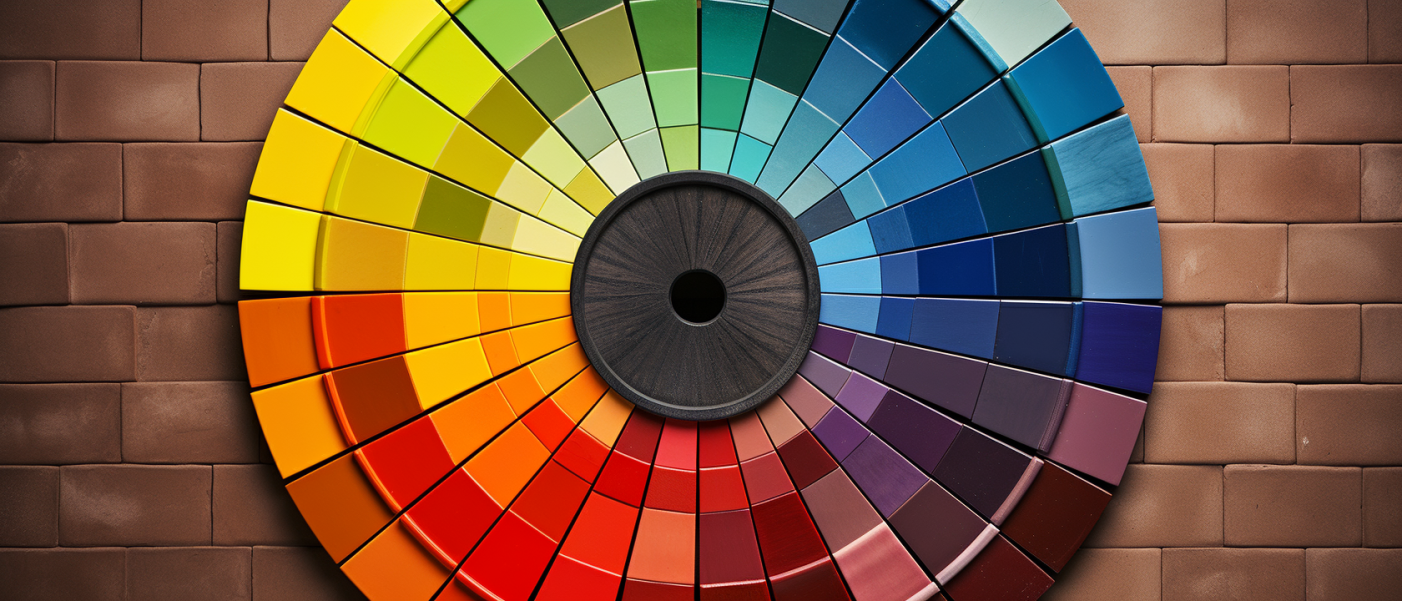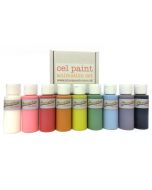Colour Theory

Colour Theory - Art and Science
Colour is an integral part of our lives, impacting our emotions, perceptions, and experiences. From the vibrant hues of a breathtaking sunset to the subtle shades of a painting, colour has the power to evoke feelings, convey messages, and create visual harmony. The study of colour and its interactions is known as "Colour Theory." Rooted in both art and science, colour theory plays a crucial role in various fields, from design and fashion to psychology and marketing.
The exploration of colour theory can be traced back to ancient civilizations. Scholars like Aristotle and Leonardo da Vinci delved into the relationships between colours and their impact on human perception. However, it was Sir Isaac Newton's groundbreaking experiments with prisms that paved the way for modern colour theory in the 17th century. Newton demonstrated that white light could be split into a spectrum of colours, thus giving birth to the concept of the colour wheel.
The colour wheel is a fundamental tool in colour theory, representing the organization of colours based on their relationships. It consists of primary, secondary, and tertiary colours. The primary colours—red, blue, and yellow—cannot be formed by mixing other colours and are the building blocks of all other hues. Secondary colours—green, orange, and purple—are created by combining two primary colours. Tertiary colours are formed by mixing a primary colour with a neighbouring secondary colour.
Colour harmony refers to the pleasing combinations of colours that work well together. Various colour harmonies are derived from the colour wheel, each offering a different visual effect. Some common colour harmonies include:
- Complementary: Colours located directly opposite each other on the colour wheel, such as red and green or blue and orange. Complementary colours create high contrast and vibrant visual impact.
- Analogous: Colours adjacent to each other on the colour wheel, like blue, blue-green, and green. Analogous colour schemes provide a sense of unity and smooth transitions.
- Triadic: Three colours equally spaced around the colour wheel, such as red, blue, and yellow. Triadic harmonies offer a balanced yet vibrant combination.
- Monochromatic: Different shades and tints of a single colour. Monochromatic schemes create a sophisticated and elegant look.
Colours can evoke powerful emotions and influence our perceptions. For example:
- Red: Associated with passion, energy, and love, but also danger and aggression.
- Blue: Symbolizes calmness, trust, and stability, but can also represent sadness.
- Yellow: Represents happiness, optimism, and warmth, but can also signify caution.
- Green: Symbolizes nature, growth, and tranquillity.
Application of Colour Theory:
Colour theory finds applications in various fields:
- Art and Animation: Artists and Animators use colour theory to create visually appealing and emotionally evocative artworks. Understanding colour harmonies allows them to convey specific moods and messages.
- Interior Design: Colour choices in interior spaces can influence the atmosphere and mood of a room. Complementary or analogous colour schemes can be used to create harmony and balance.
- Fashion and Clothing: Designers use colour theory to create clothing collections that resonate with the desired emotions and trends.
- Marketing and Branding: Brands carefully choose colours to evoke specific emotions and leave lasting impressions on consumers.
- Digital Design and User Experience: Colour plays a crucial role in web and app design, affecting user engagement and navigation.
At Chromacolour we see colour theory is a captivating blend of artistic creativity and scientific understanding. By appreciating the intricacies of colour and its interactions, we gain the ability to wield this powerful tool to enrich our visual experiences, communicate effectively, and evoke emotions that transcend cultural and linguistic boundaries. Whether you're an artist, animator, designer, marketeer, or simply someone fascinated by the beauty of the world around you, colour theory provides a profound appreciation for the art and science of hues.







